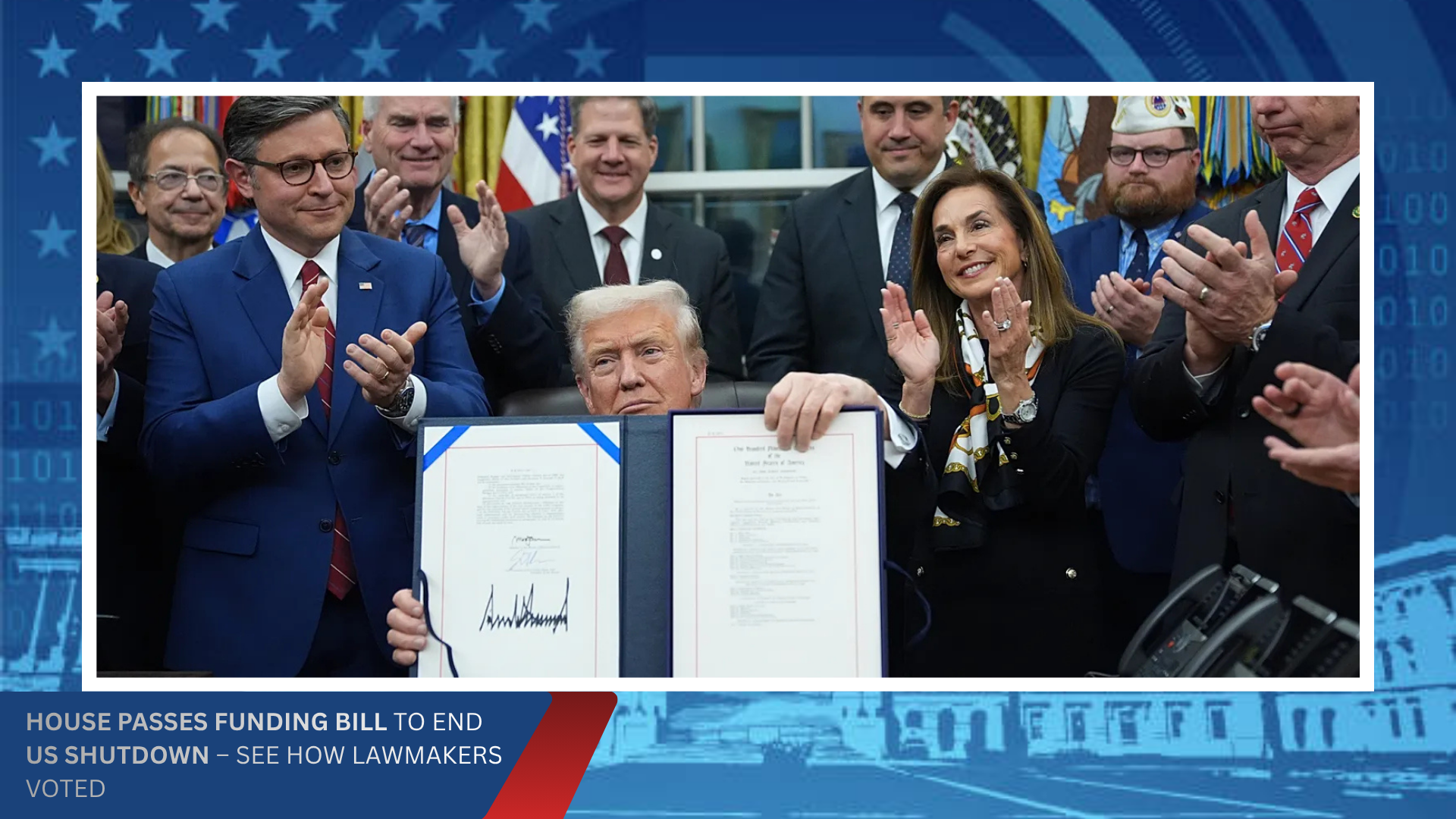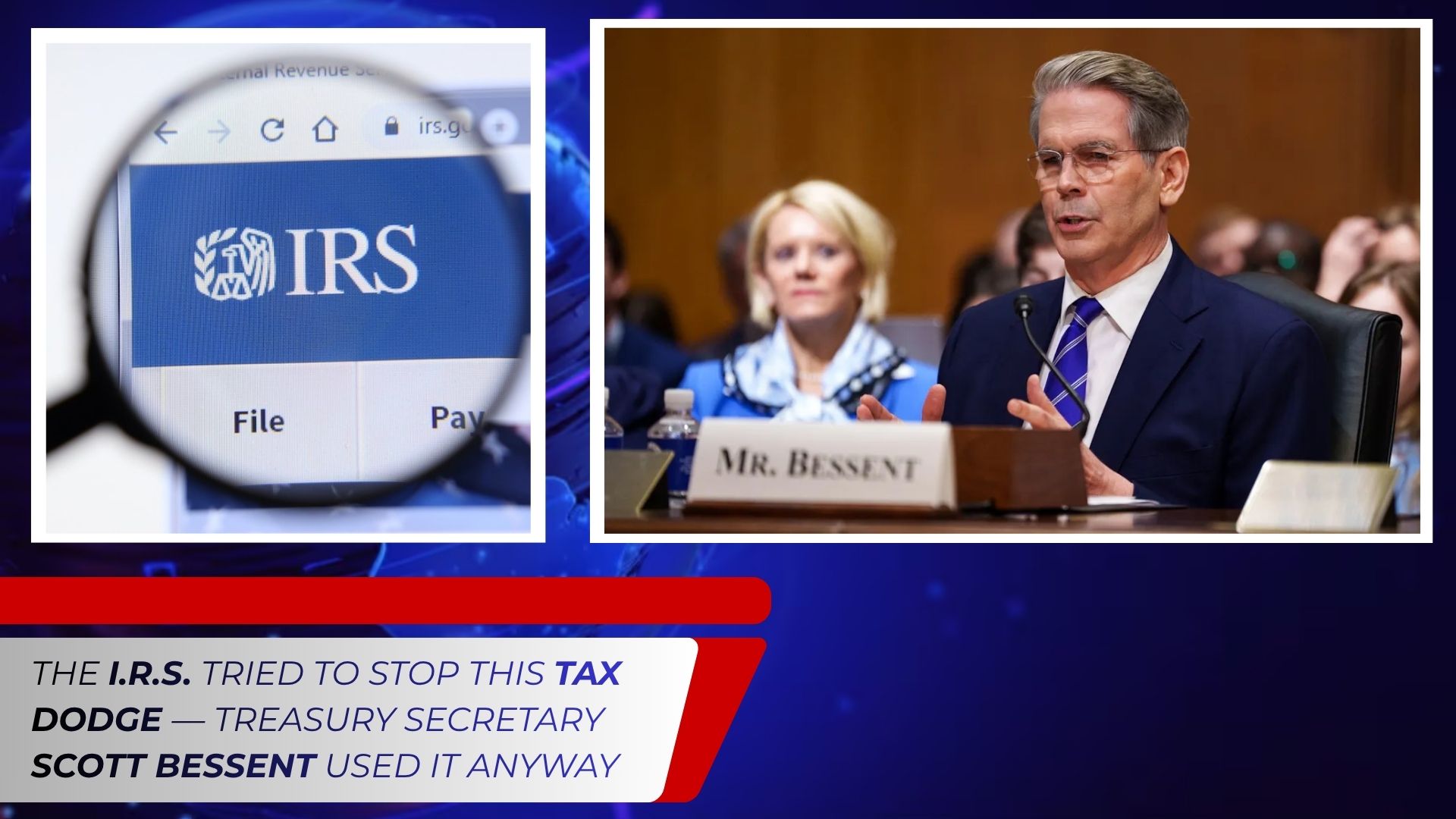A Viral Post, A Political Flashpoint
On August 28 2025, Governor Gavin Newsom published a short post on X that ricocheted across American politics:
“Red states — not blue — lead the nation in murder and violent crime. Florida’s murder rate is 130% higher than California’s. But you’d never know that watching Fox News.”
The governor’s message was strategically crafted. In just a few lines, it flipped a familiar Republican talking point about crime in Democratic-run cities on its head. Newsom highlighted a stark per-capita contrast: California’s homicide rate of 4.3 in 2024 compared with Florida’s 9.2. The claim was true numerically, but as with most viral political content, it only told half the story. By leaving out the context of California’s own spike in murders during the early Biden years, Newsom opened himself up to criticism that he was cherry-picking the data. The exchange reveals the complex interplay between statistics, perception, and political narrative in America’s ongoing crime debate.
The Numbers Behind the Narrative

California’s homicide trendline over the last decade and a half is anything but linear. Under President Obama (2009–2016), the state’s homicide rate declined from 5.3 per 100,000 in 2009 to a low of 4.4 in 2014, before inching back to 4.9 by the end of his presidency. During Trump’s term (2017–2020), the rate remained stable until the pandemic year of 2020 pushed it up to 5.6. Then, during the first years of Joe Biden’s presidency (2021–2024), the rate surged to 6.1 in 2021, fell to 5.7 in 2022, and dropped dramatically to 4.8 in 2023. In 2024, it reached 4.3, the second-lowest rate since California began tracking homicide statistics in 1966.
Viewed in this longer arc, the state has indeed achieved a significant recovery since the height of the pandemic and its aftermath. But the historical memory of that spike remains fresh. In politics, voters often remember the years when things felt worst, not the statistical recoveries that follow. This lag in perception explains why many Californians still feel less safe than they statistically are—and why Newsom’s celebratory framing carries risks as well as rewards.
The Obama Years: A Quiet Decline
Between 2009 and 2016, California’s homicide rate never exceeded 5.3 and dipped below 4.5 by mid-decade. This period coincided with broader national declines in violent crime, driven by multiple forces: an aging population, improved emergency medical care that kept more assault victims alive, and targeted policing strategies in urban centers. For Democrats, this era reinforced the message that progressive policies on policing and social programs could coexist with lower crime. But politically, it didn’t become a central narrative. Obama’s presidency was defined more by the Great Recession and the Affordable Care Act than by crime rates. That vacuum allowed Republicans to continue wielding “law and order” messaging, even as the statistics pointed in the other direction.
The Trump Years: A Shock in 2020
From 2017 through 2019, California’s homicide rate stayed steady, roughly in the mid-4s. Then came 2020. The COVID-19 pandemic triggered a dramatic national rise in homicides, the sharpest one-year increase on record. Analysts point to multiple converging factors: social upheaval, school closures, strained police-community relations, surging gun purchases, and reduced court operations. In California, the murder rate jumped to 5.6. For Trump, the spike was politically damaging, undermining his claims of restoring order. For Democrats, it became both a weapon and a burden: the spike began under Trump but did not disappear once Biden took office.
The Biden Years: Spike, Decline, and Spin
In 2021, California’s homicide rate peaked at 6.1 per 100,000—the state’s highest in a decade. Critics of Biden and Newsom seized on the figure as proof of failure. Yet by 2022, the number was falling. In 2023, it dropped again, and by 2024 the rate was approaching historic lows. Statistically, California emerged from the pandemic-era surge faster than many states. But politically, the damage was already done. The Biden administration was tagged with “rising crime” narratives, while Fox News spotlighted San Francisco’s visible struggles with property crime and homelessness as symbols of Democratic dysfunction.
This is the paradox Newsom’s post embodies: his state is safer today than many Republican-led states, but his party suffered the political cost of the earlier spike. By August 2025, the data vindicates his message, yet the lingering perception of chaos complicates his case.
Comparisons Across States
Newsom’s choice to target Florida was not accidental. Florida, under Republican leadership, recorded a homicide rate of 9.2 in 2023—more than double California’s 4.8 that year. Texas, another GOP bastion, stood at around 10.1 by 2025. Alabama, long near the top of the charts, reported 15.8. New York, by contrast, posted a 2023 New York City rate of about 4.1, comparable to California. These figures expose a political irony: while Republicans rail against crime in blue cities, many of the most violent states are firmly red.
Still, averages hide complexity. Los Angeles has neighborhoods with murder rates far higher than the state average, while parts of rural Florida remain relatively peaceful. The politics of crime thrive on simplification, but the lived reality defies soundbites. That is why both parties selectively highlight the data that fits their narrative, ignoring the pieces that don’t.
The Role of Media Perception
Perception of crime often diverges sharply from reality. Polling in 2024 found that a majority of Americans believed violent crime was rising nationally, even as FBI data showed a decline. Conservative media emphasize urban violence in Democratic-run areas, while progressive leaders point to red-state homicide rates. Both perspectives contain partial truths, and both distort the full picture. Newsom’s swipe at Fox News tapped into this dynamic, but his critics argue he mirrors the same selective storytelling. The net effect is an American public less informed about the actual trends, yet more entrenched in partisan interpretations of crime.
Timing Is Everything
Crime statistics rarely align neatly with political terms. Trump inherited historically low homicide rates but left amid a historic spike. Biden inherited that spike and oversaw its decline, yet his presidency remains branded with the image of rising crime. Newsom governed California through both the surge and the recovery. Each actor can claim partial credit or dodge partial blame, depending on the time window selected. This temporal whiplash is what makes crime statistics such potent, and misleading, political weapons.
Post-Election 2025: Why It Still Matters
With the 2024 election now past, the political landscape has shifted. But the narrative war over crime remains central to both parties. For Democrats, the recent decline offers evidence that reforms and investments are working. For Republicans, the 2020–2021 spike remains an indelible scar, proof that Democratic leadership coincides with disorder. As of August 2025, crime has cooled statistically, yet polling continues to show public anxiety. The shadow of those violent years lingers, shaping voter trust and party reputations long after the numbers have moved on.
Conclusion: The Danger of Half-Stories
California today has one of the lowest homicide rates in the country, and Gavin Newsom is justified in pointing that out. Florida’s rate truly is dramatically higher. But the bigger picture is more sobering: California’s worst homicide spike in a decade occurred under the same Democratic leadership now celebrating its decline. Newsom’s post tells one half of the truth. The other half is that crime is cyclical, shaped by forces far beyond partisan control, and political spin rarely survives the test of time. For Americans weary of violence and rhetoric alike, the challenge remains finding leaders willing to acknowledge the full complexity, not just the flattering slice.




.png)




